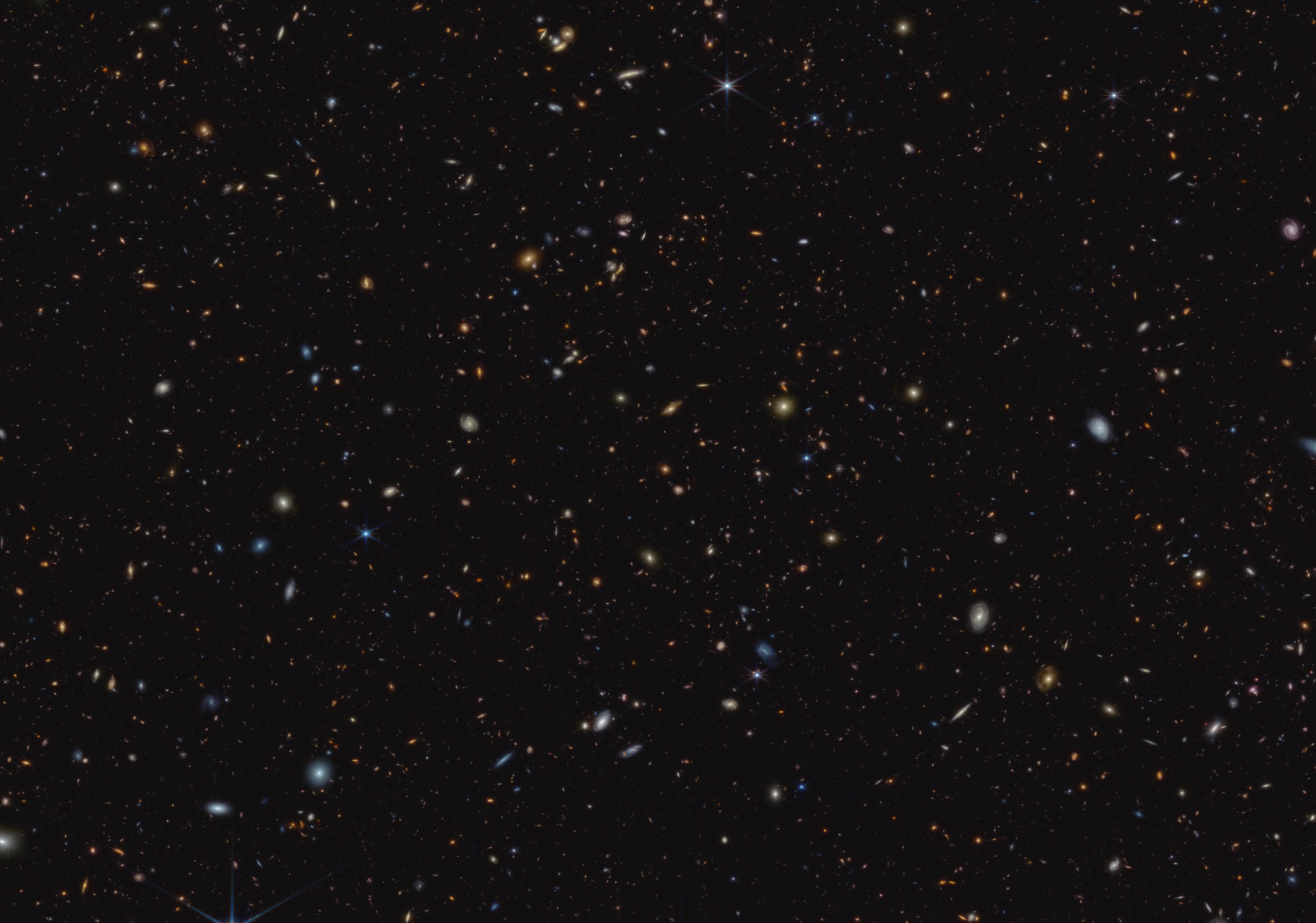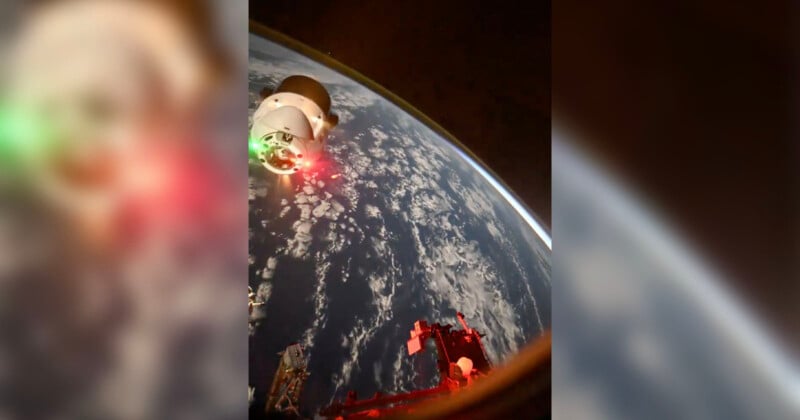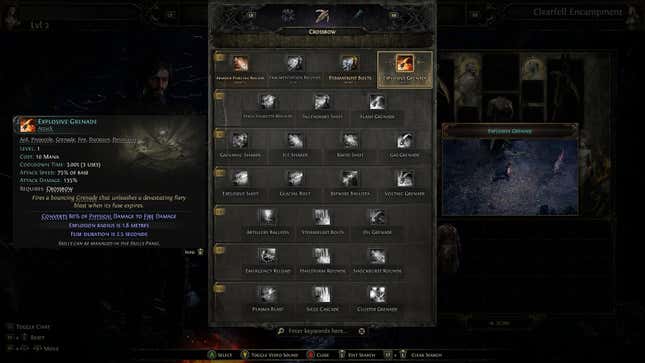TEL AVIV, Israel (AP) — On Sunday, Israeli soldiers engaged in street battles with Hamas fighters in southern Israel and launched retaliatory strikes that destroyed buildings in Gaza. At the same time, a brief exchange of strikes between Israeli forces and Lebanon’s Hezbollah militant group in northern Israel raised concerns about a wider conflict.
The fighting continued for over 24 hours after a surprise attack by Hamas militants from Gaza. Using thousands of rockets, they broke through Israel’s security barrier and rampaged through nearby communities. The death toll in Israel has risen to at least 600 people, a shocking number for the country, which has not experienced such high casualties in decades. Over 300 people have been killed in Gaza.
Hamas also captured hostages, including women, children, and the elderly, whom they may attempt to trade for Palestinian prisoners held by Israel. Secretary of State Antony Blinken stated that the U.S. is working to verify reports of Americans killed or missing in the conflict.
The high death toll, the hostages, and the slow response to the attack indicate a significant intelligence failure and challenge the long-held belief that Israel has extensive surveillance capabilities in the territory it has controlled for many years.
Israeli Prime Minister Benjamin Netanyahu declared that the country is at war and will exact a heavy price from its enemies. The Security Cabinet officially declared a state of war on Sunday, authorizing significant military action.
The implications of this declaration are not yet clear. While Israel has conducted major military campaigns in Lebanon and Gaza in the past, they were not formally declared as wars. Yohanan Plesner, head of the Israel Democracy Institute, described the decision as primarily symbolic but suggesting a more extended, intense, and significant period of war.
A key question remained whether Israel would launch a ground assault on Gaza, which could lead to further casualties. Netanyahu vowed that Hamas would pay an unprecedented price but acknowledged that the war would be challenging and prolonged.
The violence took a devastating toll on civilians on both sides. Israeli media outlets reported that at least 600 people, including 44 soldiers, were killed in Israel, while Gaza officials stated that 313 people died in the territory. Thousands of people have been injured on both sides. Israeli security forces have killed 400 militants and captured dozens more. Israeli TV news featured accounts from relatives of captive or missing Israelis, who pleaded for help amid uncertain circumstances. In Gaza, residents fled their homes near the border to escape Israeli airstrikes, seeking refuge further inside the territory following warnings from the Israeli military. In Egypt, a police officer shot and killed two Israeli tourists and one Egyptian at a tourist site in Alexandria, highlighting the high anti-Israel sentiment in the country during times of Israeli-Palestinian conflict.
The situation on Israel’s northern border raised concerns about Hezbollah’s involvement, a fierce enemy of Israel supported by Iran, which is estimated to possess tens of thousands of rockets. Hezbollah fired numerous rockets and shells at three Israeli positions along the border, to which Israel retaliated using armed drones. Two children on the Lebanese side were slightly injured. Israeli Rear Adm. Daniel Hagari indicated that the situation on the northern border was calm following the exchange, but fighting continued in the south. Israeli troops entered every community near the Gaza frontier, intending to evacuate civilians and search for militants. Hagari stated that Israeli forces would eliminate every terrorist in Israeli territory. In Gaza, Israeli airstrikes targeted terrorists and their commanders hiding in houses.
The surprise attack on Saturday was the deadliest on Israel in decades. Hamas gunmen used explosives to breach the border fence, then infiltrated with various means such as motorcycles, pickup trucks, paragliders, and speedboats. They reached as many as 22 locations outside Gaza, including towns and communities up to 24 kilometers (15 miles) from the Gaza border. Simultaneously, Hamas launched thousands of rockets at Israeli cities. Israel responded by striking 426 targets in Gaza, leading to the destruction of residential buildings.
More than 20,000 Palestinians living near Gaza’s border sought refuge in UN schools located further inside the territory, according to UNRWA, the UN agency for Palestinian refugees. In a televised address on Saturday night, Netanyahu assured that the military would use all its strength to destroy Hamas’ capabilities and urged Gaza residents to leave dangerous areas. However, with the border blockade imposed on Gaza since Hamas seized control in 2007, residents have limited means to escape the overcrowded territory. Israeli authorities also cut off electricity to Gaza, leaving much of the population in darkness and halting the supply of essential goods.
Hamas stated that it was prepared for a prolonged fight, including all-out war. Israel has a track record of making disproportionate exchanges to secure the release of captive Israelis. The presence of hostages led Israel to seek assistance from Egypt, which contacted Hamas and the smaller but more radical Islamic Jihad group. Palestinian leaders claimed they do not yet have a complete picture of the hostages, but those taken to Gaza were placed in secure locations across the territory. Egypt also engaged with both sides regarding a potential ceasefire, but Israel currently rejects a truce.
Iran’s President Ebrahim Raisi praised the “legitimate defense” of the Palestinian people. Raisi spoke with Hamas leader Ismail Haniyeh and Islamic Jihad leader Ziad al-Nakhalah, expressing support. The military wing leader of Hamas, Mohammed Deif, justified the assault, named “Operation Al-Aqsa Storm,” as a response to the 16-year blockade of Gaza and recent incidents exacerbating Israeli-Palestinian tensions.
The article was reported from Gaza City by Fares Akram and from Tel Aviv by Josef Federman. Other contributors include Isabel DeBre, Julia Frankel, Issam Adwan, Bassem Mroue, Samy Magdy, and Amir Vahdat.













